At 87 years old and in poor health, Mr. Tran Tri Trac (residing in Quang Tien ward, Sam Son city, Thanh Hoa ) still does not forget the days of welcoming compatriots, cadres, soldiers, and students from the South to Thanh Hoa 70 years ago.
Give the best to the people of the South
He told VNA reporters: At that time, the gathering ships were very large ships so they had to anchor far from the mainland. Therefore, the people of Sam Son had to use small boats and fishing rafts to bring the people, cadres, soldiers and students from the South from the large ships to shore. On shore, people from Hoang Hoa, Quang Xuong districts and Thanh Hoa town packed rice balls and went to Quang Tien to welcome the people from the South.
“I still remember that day clearly, the people, cadres, soldiers, and students from the South, after many days of drifting at sea, some of them got seasick, hungry, and sick... We assigned women and young people to get on the boat to help carry belongings; help and carry the children to the bridge, then to hut A. At hut A, the forces had prepared medicine, green bean porridge, rice... to support the people, cadres, and soldiers.
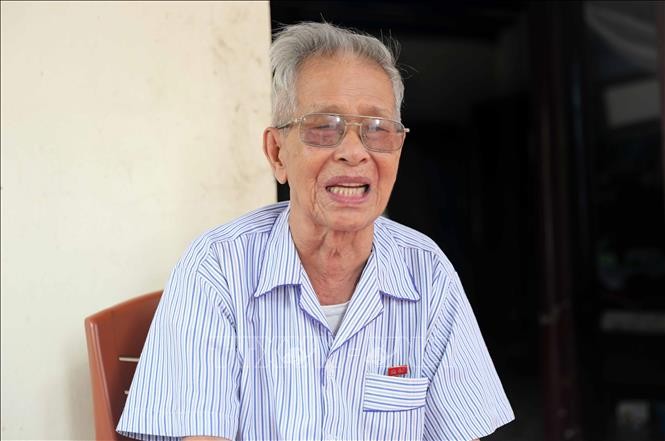 |
| Mr. Tran Tri Trac, the person who directly welcomed compatriots, cadres, soldiers and students from the South to the North in Sam Son (Thanh Hoa) 70 years ago. (Photo: VNA) |
In the context of the resistance war against France just ended, the economy of the North in general, Thanh Hoa and Sam Son in particular, was very difficult, life was deprived. Despite hardship and poverty, the people of Quang Tien and Thanh Hoa at that time gave their best to their compatriots in the South," said Mr. Tran Tri Trac.
Teacher Nguyen Van Huong (85 years old), former Head of the General Education Department - Department of Education and Training of Ben Tre province, could not hold back his tears every time he read the poems of teacher Tran Van Buc, the late Principal of Southern Students School No. 2 Vinh Yen (Vinh Phuc) - where 70 years ago Mr. Huong was a student:
At that time, my parents went to war.
Send children to the far North
Our house is different
Far apart and then absentmindedly missing each other...
Mr. Huong said that in 1954, he was a primary school student in Chau Thanh district, Ben Tre. While on summer vacation at his grandparents' house, his parents called him home. Just 3 days later, the student Huong and two friends, who were children of police martyrs, were taken on a small boat to Ca Mau on a very difficult journey and almost died when the boat caught fire on the Nga Bay River.
After 3 months of studying politics and learning about the customs and practices in the North, at the end of October 1954, Huong was on the Soviet ship Stavropol No. 19 with hundreds of people from the South who had gathered in the North. “When we first left the port, the sea was calm, but when we reached the Thanh Hoa sea, a storm came, the ship had to struggle with big waves and strong winds, and was ordered to take shelter at Hon Me Island, about 6 nautical miles from the mainland. During that week, the people of Thanh Hoa used boats to transport food and provisions. Every time the ship rocked, the women supported each other, helping us get up from the seasickness. At that time, I was only 15 years old, but I was a river dweller, so I was able to control my seasickness, sometimes feeling a little dizzy. I felt most sorry for the soldiers who were seriously wounded and had poor health, so they suffered from severe seasickness,” Mr. Huong told reporters of the People's Police newspaper.
When the storm passed, the sky was filled with only rain, the group was allowed to go ashore, temporarily staying in local houses but were well taken care of. The “homegrown” art performance with traditional songs of encouragement such as “Unity, we are the strength” resounded in the dark night of Sam Son sea and sky, living in him until now….
From September 25, 1954 to May 1, 1955, the people of Quang Tien and Sam Son welcomed 1,869 wounded and sick soldiers; 47,346 cadres; 5,992 students and 1,443 families of cadres and soldiers from the South who had gathered in the North.
To ensure the health of the people in the South at that time, Thanh Hoa province established dozens of reception stations, built many hospitals and clinics to organize medical examinations and treatment, and take care of the health of the people right from the first days of setting foot in the North. Thanh Hoa province at that time also launched a movement to donate food and provisions; provide clothes, blankets and other necessary conditions for the people in the South.
After the days of reception, the Southern people were sent to many provinces and cities in the North: Hanoi, Ninh Binh, Nam Dinh, Ha Nam, Thai Binh, Hai Phong... to work, study and work. Those who stayed were cared for, nurtured, studied, worked and produced by the people of Thanh Hoa.
70 years of so much love
Revisiting Hai Phong, Ms. Nguyen Bich Lan (83 years old), former teacher of Thai Phien High School, choked up remembering the care, support, and sharing of food and clothes that the people and teachers of Hai Phong gave to her and many generations of students in the South.
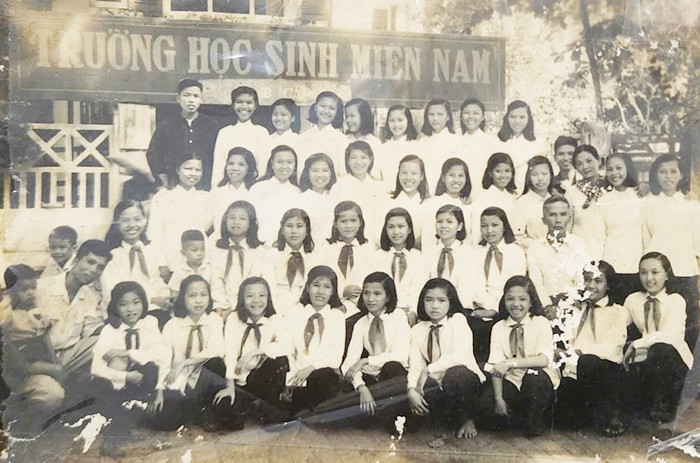 |
| Southern students during their study days in the North. (Photo: KT) |
Going back in time 70 years ago, teenage students from the far South crossed the Truong Son mountain range to gather in the North. On the first day of setting foot in the North, the confusion and unfamiliarity with the new land and people seemed to be erased when the Southern students were welcomed with open arms by the Northern people. The people took the students home to stay, letting them sleep on the bed, while the families huddled on straw beds or torn mats spread on the ground. In winter, the north wind blew through the cracks in the door, and sleeping on the bed covered with a mat would be less cold, but lying on the ground would be freezing.
Ms. Lan said that at that time, the people in the North were poor, facing difficulties and shortages in every way, but in their conditions, they still gave all the best things to the students in the South. The students in the South were fed white rice with meat and fish, while the families were fed banana roots and cassava, which was not enough to satisfy their hunger. Even families with younger children still had delicious and sufficient food for the children of the people in the South. Therefore, many times, Ms. Lan and her friends had to hide and secretly divide the white rice and food for the children in the families where they lived.
As for Mr. Nguyen Ngoc Trai, former Deputy Director of the Department of Construction of Bac Lieu province, he still remembers the time at the end of 1964, when he and his friends were studying at School 13, when the war broke out and the school had to evacuate to Thuy Nguyen (Hai Phong). He remembers that at that time, the people had many difficulties, the family did not have enough food, 5-7 brothers shared small cabbage to eat but still saved some rice for students in the South. The memories of a time of poverty but warm affection live forever, and he passed them on to generations of children, friends and relatives so that they could better understand the sacrifice and deep connection between the South and the North.
During that period, tens of thousands of students from the South, when living among the people, were taken care of by the people as if they were their own flesh and blood; when they were welcomed back to school, everyone was treated as their own children by the teachers in Hai Phong. The teachers assigned to teach the students from the South were all selected according to the standards of morality. In the class of students who went to the North to study in Hai Phong, many were quite young. Knowing that they were far from their families, homesick, and without their parents by their side, especially girls, the teachers cared for them and instructed them even more. The teachers taught the girls how to take care of themselves, how to clean themselves properly, and when they slept at night, the teachers went around checking, to see if any of them had thrown off their blankets, and then gently pulled them up. There were many young children who cried at night missing home, the teachers sat next to them, patted their backs, and sang lullabies until they fell asleep and got up. When the students were sick, the teachers were worried, took care of them with every meal and sleep, and stayed up all night to apply cool compresses when they had a fever. Those feelings, Mr. Nguyen Ngoc Trai affirmed, can only be found in fathers and mothers who are patient, persistent and compassionate enough...
Uncle Ho encouraged the people of the South to gather in the North. On September 21, 1954, Uncle Ho wrote a letter to inquire, encourage and advise soldiers, cadres and families from the South who had gathered in the North. The letter was less than 200 words but contained Uncle Ho's deep affection and concern for the people of the South. The letter titled “Letter to soldiers, cadres and families of cadres from the South going to the North” was published in Nhan Dan Newspaper No. 229, from September 21 to 22, 1954. In the letter, Uncle Ho wrote: " To the soldiers, cadres, and compatriots from the South going to the North, Today, the elders, aunts, uncles and children have arrived. I warmly welcome everyone. To implement the armistice agreement, our compatriots temporarily left their homeland, but were close to the Party Central Committee, the Government, the army and the people of the North. The North and the South were still one family. I hope that all of you, the elders, the aunts, the uncles and the children, will always be healthy and happy. Each person will, according to his or her ability, participate in the work of building the country. When peace is consolidated, unity is achieved, independence and democracy are achieved, our people will happily return to their homeland. At that time, I will most likely visit our beloved South with my compatriots." |
Source: https://thoidai.com.vn/tinh-sau-nghia-nang-giua-hai-mien-nam-bac-207201.html


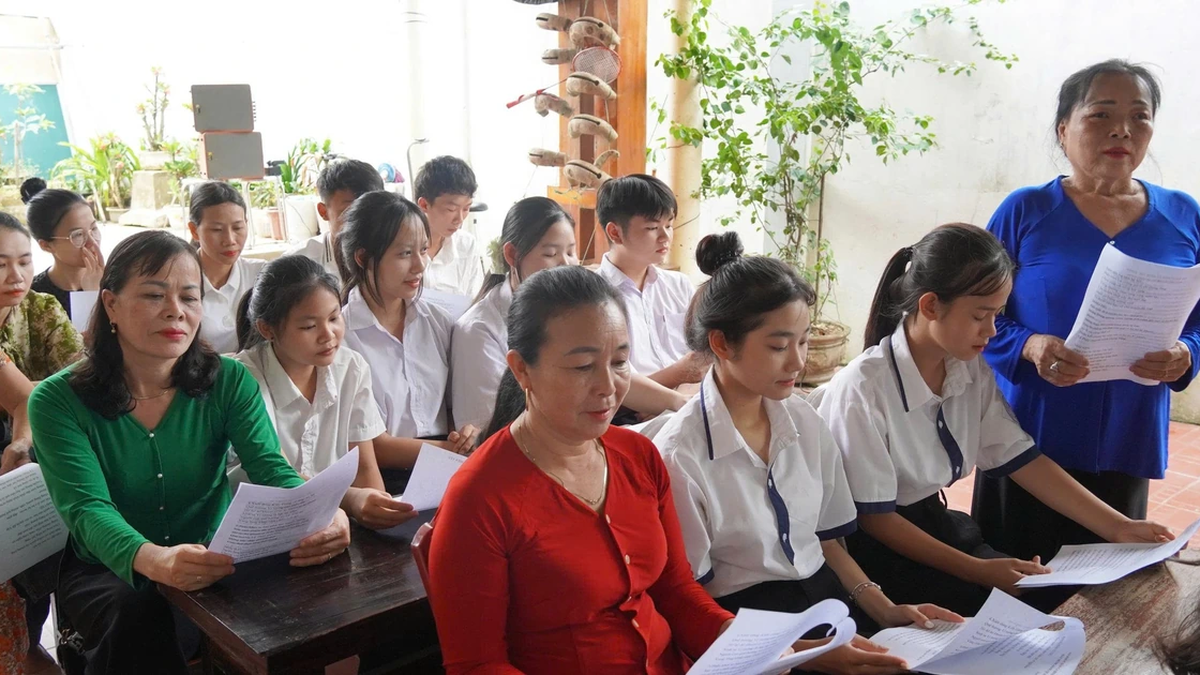
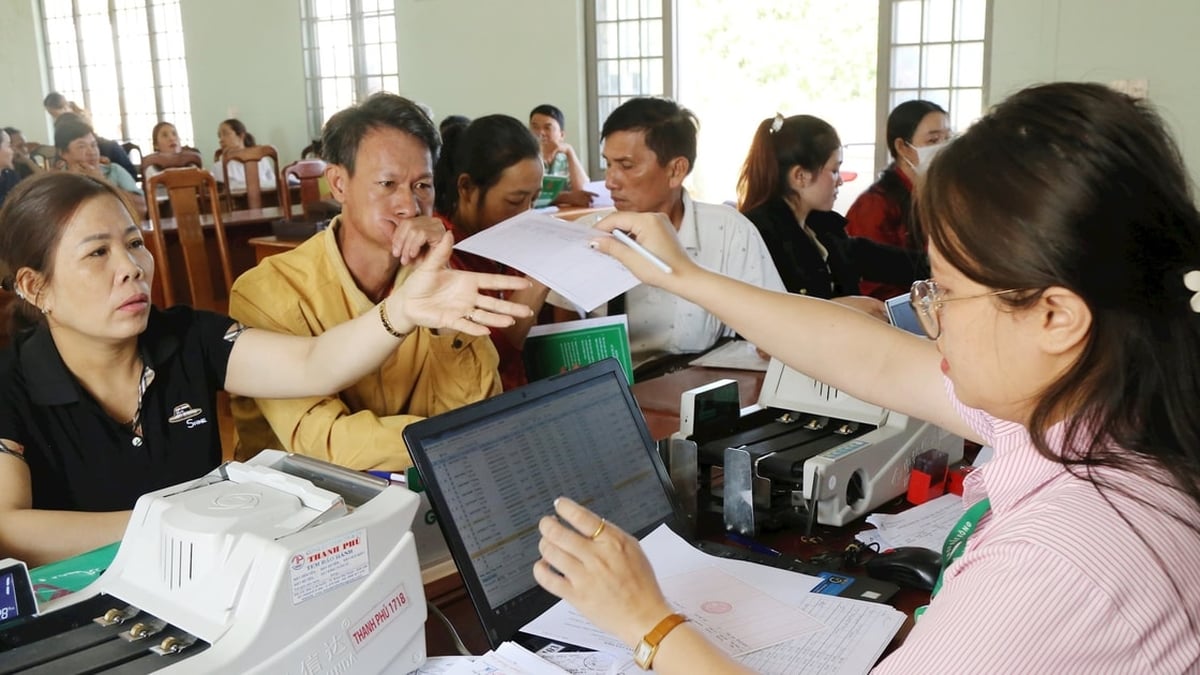
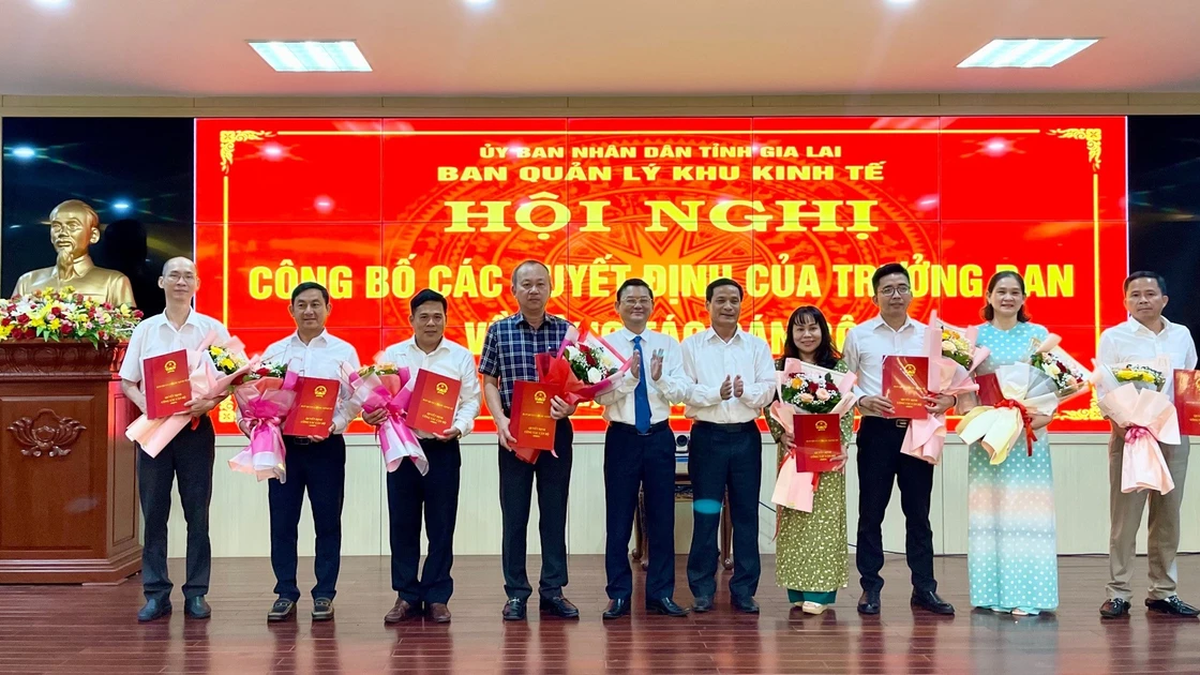
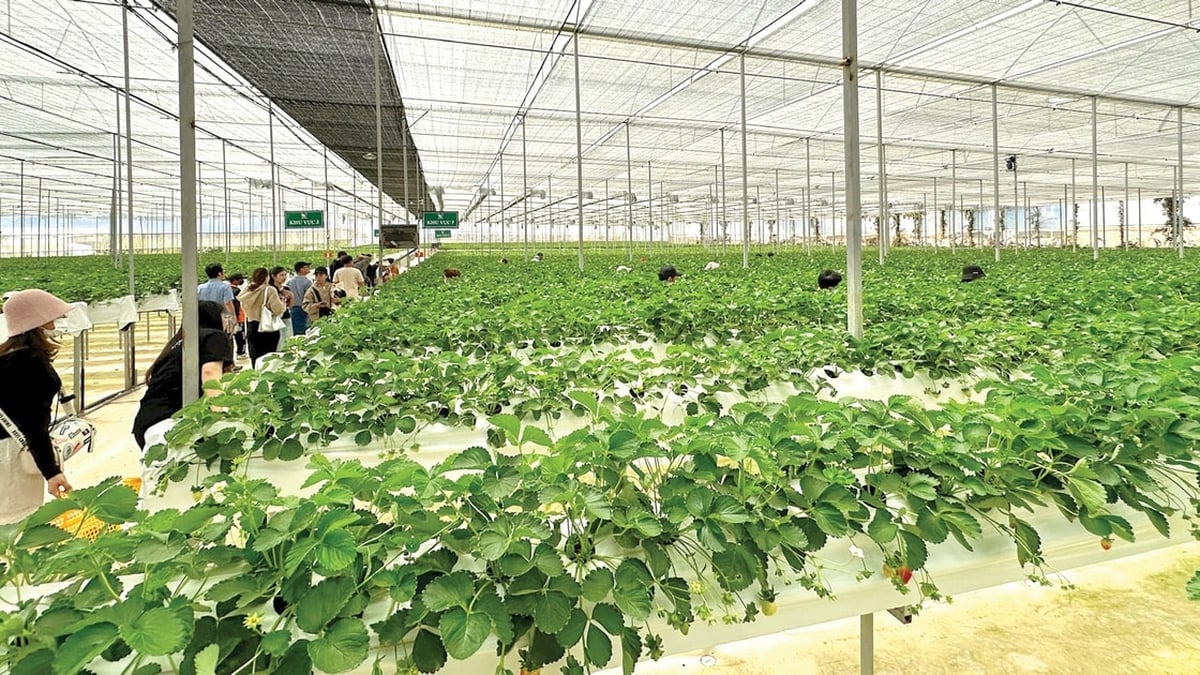
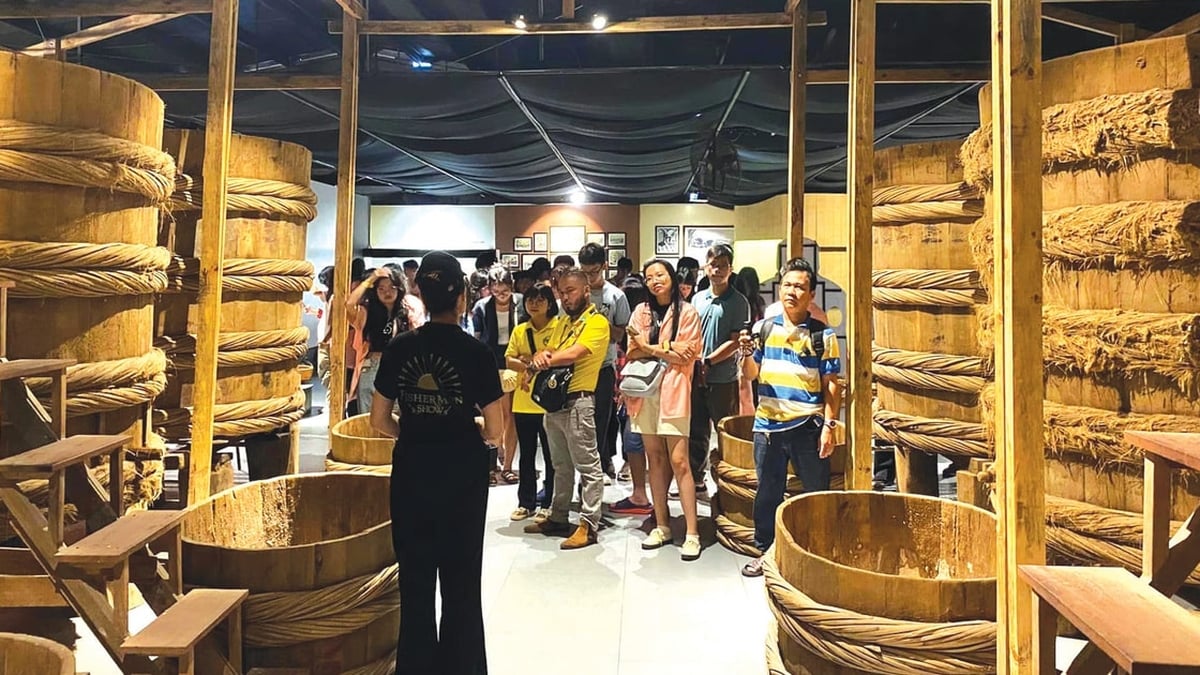
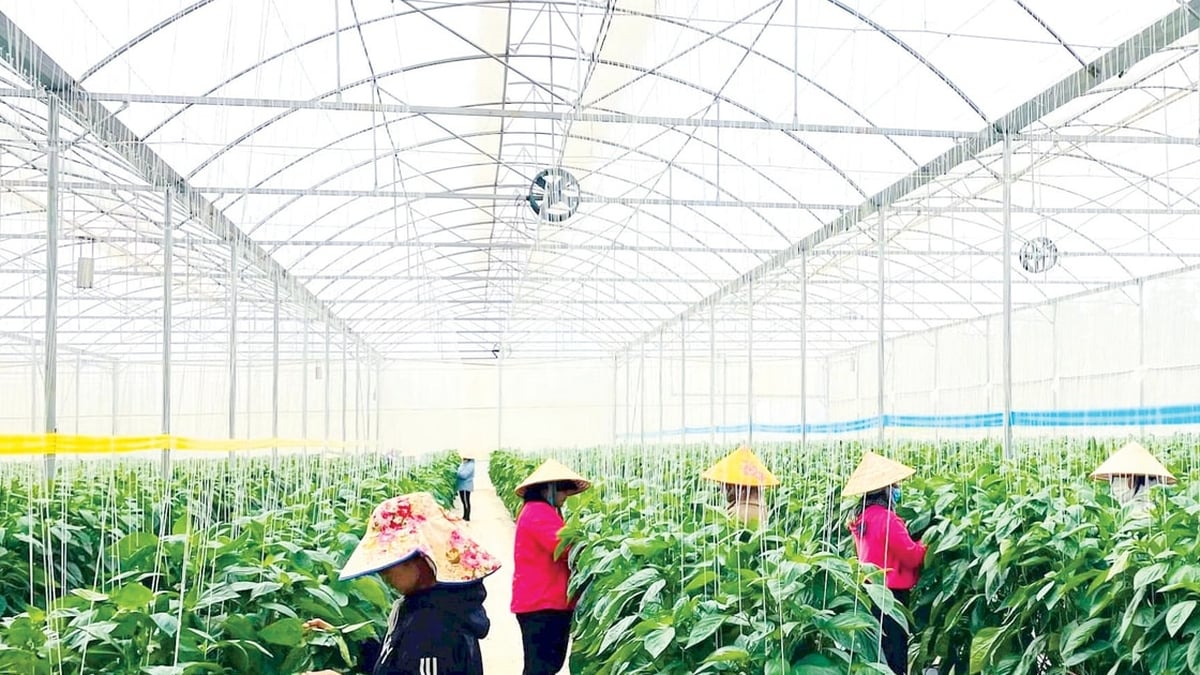

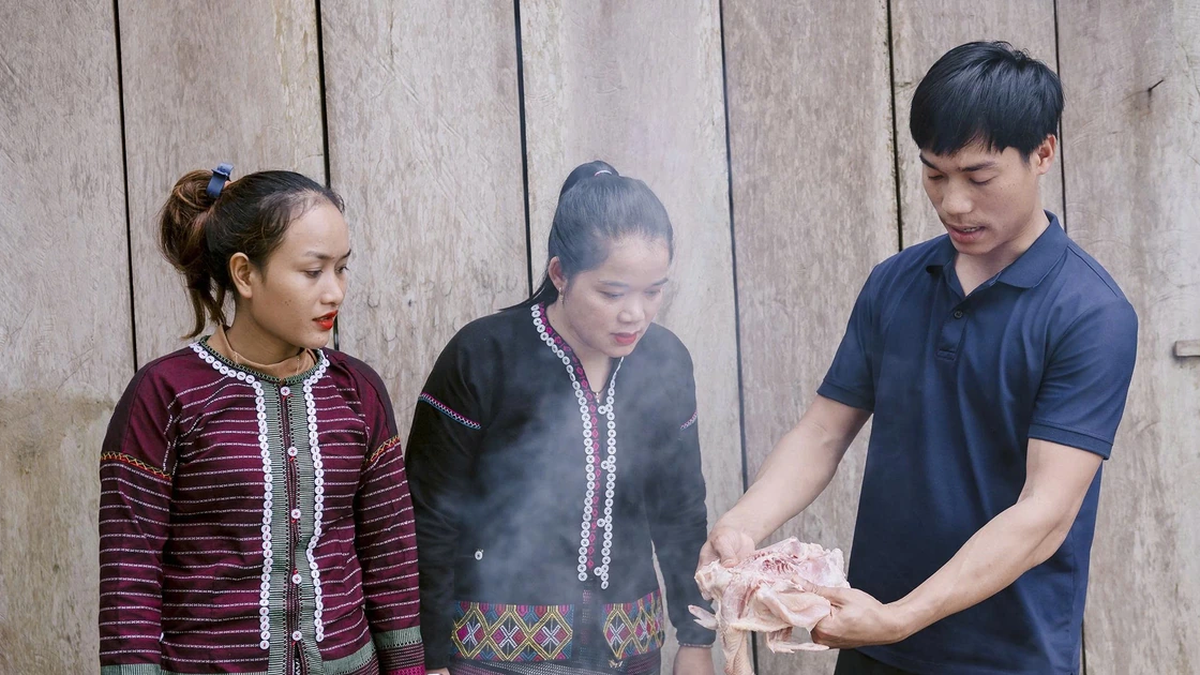
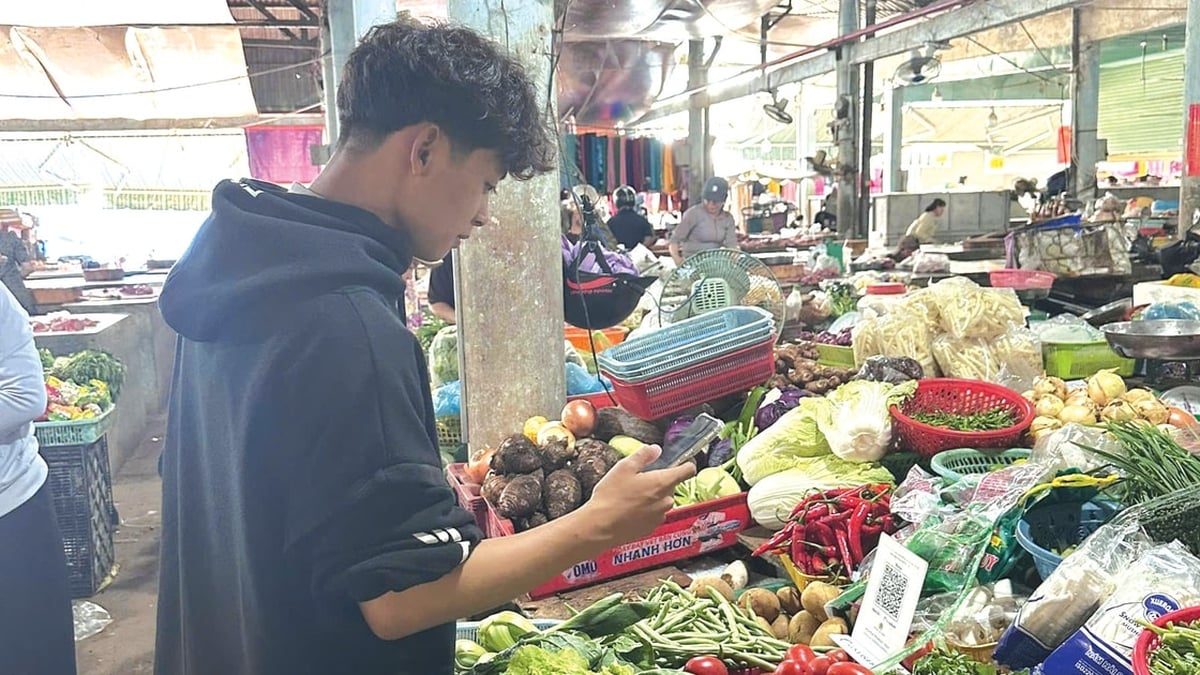
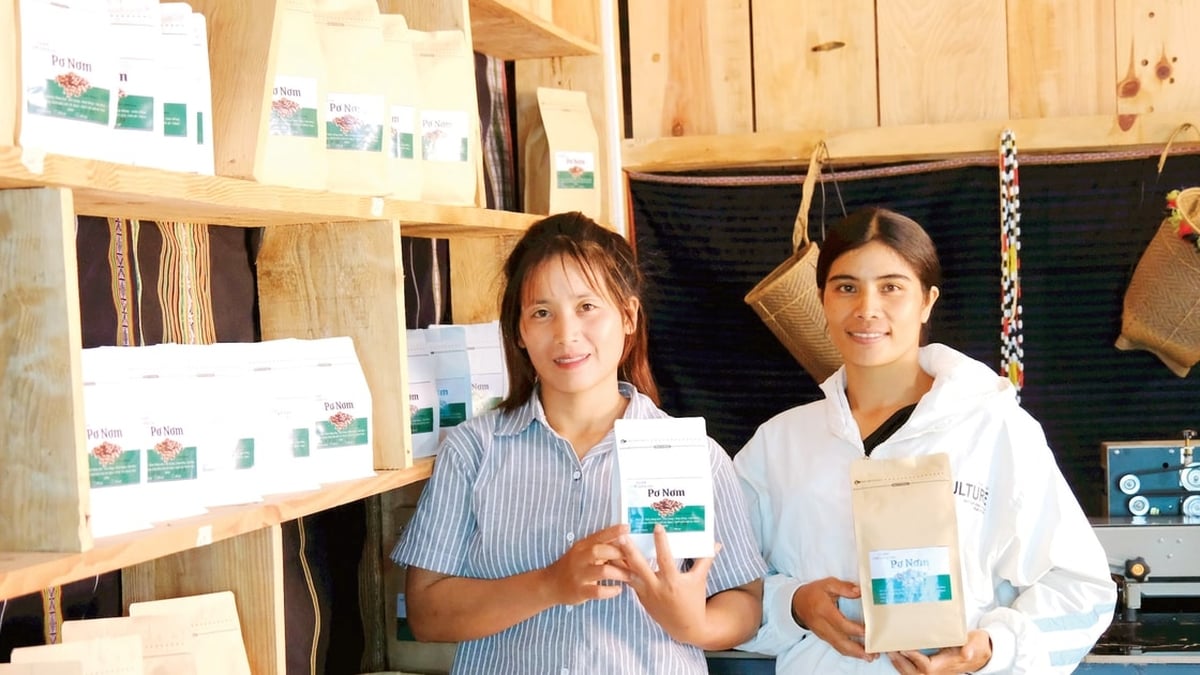
















































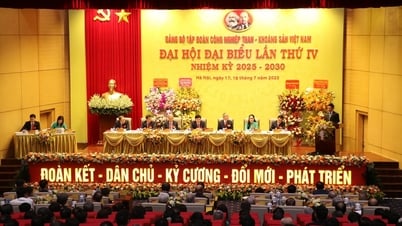



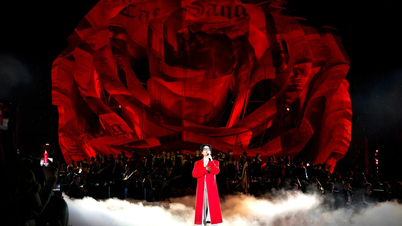

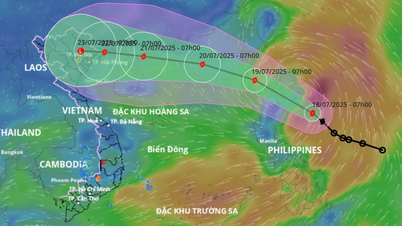
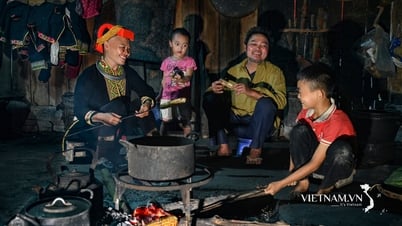


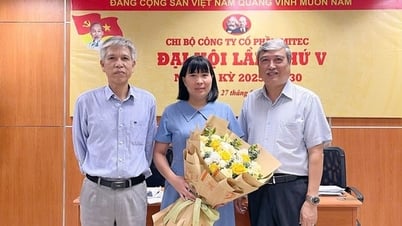


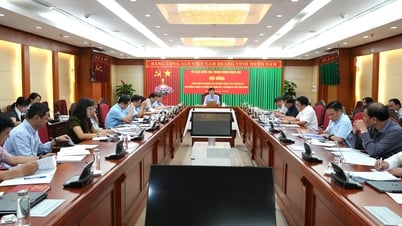



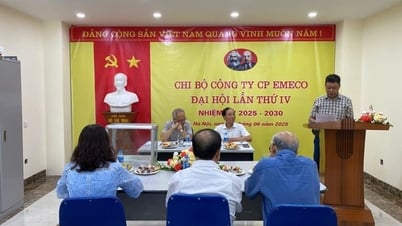















![[Infographic] In 2025, 47 products will achieve national OCOP](https://vphoto.vietnam.vn/thumb/402x226/vietnam/resource/IMAGE/2025/7/16/5d672398b0744db3ab920e05db8e5b7d)





Comment (0)